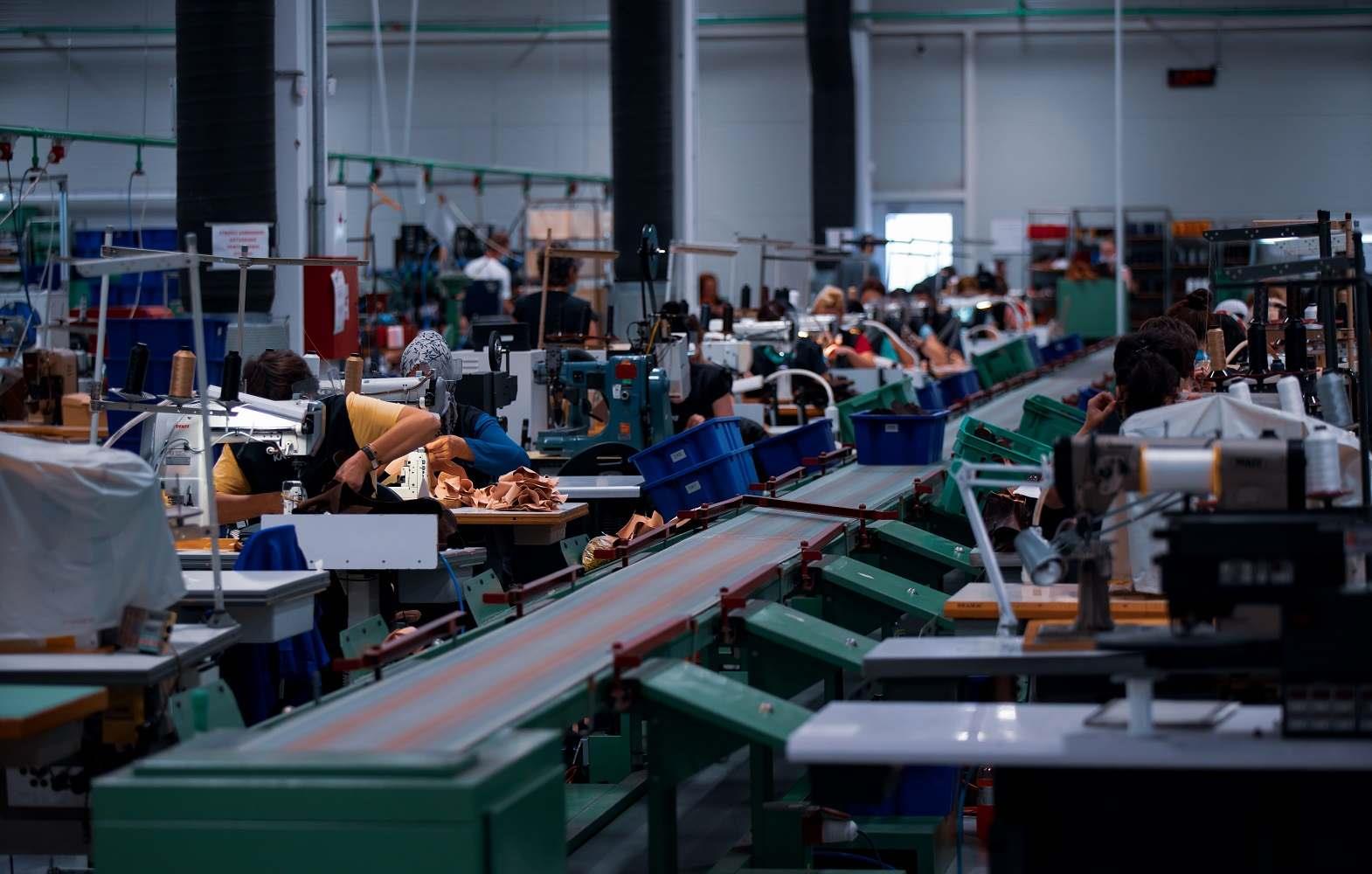Textile sector is the oldest and largest manufacturing sector in India. During the past decade, Indian textile industry was plagued with many issues such as regulations regarding to licensing and policy distortions which had fragmented the industry.It was a roller coaster ride for the Indian textile sector. It was not able to capitalize more on the global trade regime. Indian textile sector saw countries like China Bangladesh, Sri Lanka, and Pakistan racing ahead of it even without any significant upstream textile industry strength. Despite all concerns, the industry saw a GDP of more than 6%. The domestic sector also saw a significant growth.
The Government later poised to liberalize the fragmented industrial sector. Termination of the Multi Fibre Agreement (MFA) in 2004, along with the quota expiry regarding textile, and apparel exports has caused a considerable change in the industry. Restrictions of the MFA were phased out in 2004, and with the opening of the market since 2005, Indian textile and clothing industry has been-integrated into the World Trade Organization (WTO).
Most of the developed countries will experience a decline in their textile and apparel trade, creating new opportunities for developing countries by 2020. ATechnopak Report states that an additional increase of USD 360-370 billion will be created in the next decade, resulting in an additional market opportunity of USD 500 billion.
Indian Textile & Apparel Trade
Now Indian economy is on a growth curve. Apparel exports from India grew from USD 11 billion in 2001 to 31 billion in 2011. While global textile and apparel trade would clock a CAGR of 5%, Technopak's Textile and Apparel Compendium 2012 states that Indian textile and apparel industry would grow by 9.5% to reach USD 221 billon by 2021.
Factors favoring India:
Rapid growth and urbanization have brought a sea change in the characteristics and preferences of India consumers. Indian population consists of an attractive age group with more than 40 million of its population falling under the age group of 15-35. The affluent youth population with a growing passion for fashion will drive the sales of apparels in the country. Fashion is increasingly seen as a form of self expression, and not just a functional purchase.
Increase in the amount of disposable income will also fuel the growth of the sector. Indian consumers, in the coming years will, naturally, tend to spend more than they wear. On an average; worldwide, people typically tend to spend around 6% of their income on clothes. Trends, both national and international, provide a strong tailwind to the textile and apparel sector.
Issues faced by its Chinese counterpart such as appreciating currency value, rising material and labor costs, high environmental and compliance costs etc are favoring the Indian textile sector, providing an opportunity to outperform the dragon nation. Sri Lanka holds little potential for growth, and Pakistan is snowed under its own political and economical problems. Bangladesh turns to be a tough competitor for India as companies that have been sourcing from China, now look at Bangladesh as a favorable option.
The next decade:
Indian economy is expected to achieve a 6% CAGR in the next 10 years while many other countries are predicted to face a slow growth or even stagnation. Interest of global brands and retailers in the Indian market is likely to fuel the growth. India would attract more investments from global brands and retailers in the coming years. This is likely to spur the country's domestic demand and further enhance India's investment in supply chain processes.
The country's clothing and textile industry would become more competitive both at the domestic and global forefront. There would be diversification of the product mix thereby creating new opportunities for exports. Until 2005, Indian textile industry was driven by the availability of raw material, labor and Government policies. Till 2015 economists predict that the industry will be driven by manufacturing excellence, supply chain efficiency, and a various range of product mix. After 2015, the industry is expected to be product, brand, and process driven.
Changes that occur in the Indian textile and apparel industry will have far reaching implications among the manufacturers, retailers, and designers. Fruits of growth of Indian economy have trickled down to its people, which are evidenced with the rising per capita income. The whole Indian economy is on a growth trajectory with its obvious impact in its textile and apparel sector.
References:
- Textile & Apparel Compendium, 2012, technopak.com
- Indias fast growing apparel market, McKinsey & Company
- Indiantextilejournal.com








Comments